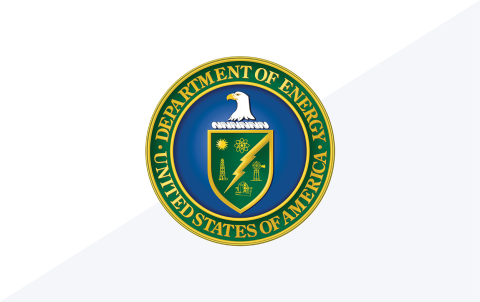
The forthcoming solicitations will drive innovation in reliable energy technologies, contribute to lower energy costs, and strengthen American leadership in artificial intelligence.

Building the infrastructure we need to unleash American energy requires accelerating permitting.

DOE Identifies 16 Federal Sites Across the Country for Data Center and AI Infrastructure Development
Energy Secretary Chris Wright acts to strengthen America’s energy dominance and leadership in artificial intelligence by leveraging federal land and assets
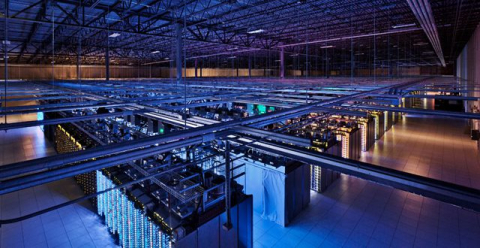
Electricity demand from large load customers such as data centers is projected to grow significantly in the near term. While data centers play an important role in advancing technology...
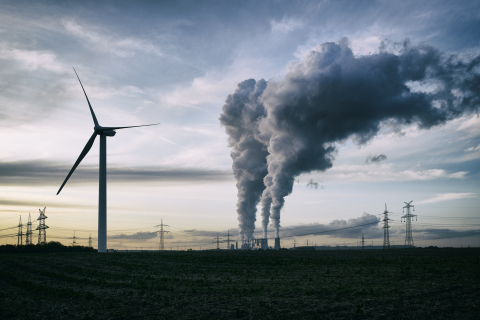
According to the U.S. government’s most recent official projections, net U.S. greenhouse gas emissions are expected to decline 29-46% by 2030, 36-57% by 2035, and 34-64% by 2040, compared with 2005 levels.
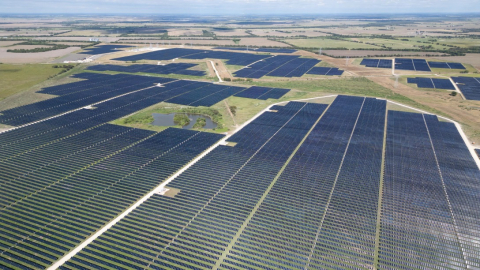
As energy demand grows, energy companies in the U.S. are leading the next wave of innovation on a range of technologies and a leading source of new power generation across the country to meet the moment.
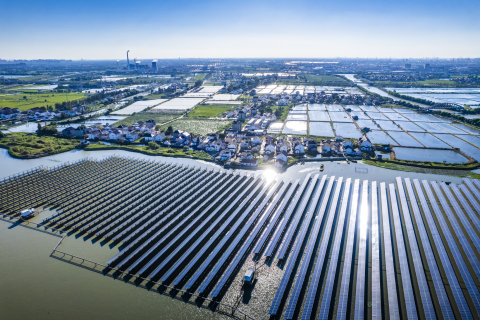
How Energy Communities Can Leverage New Energy Projects to Secure Economic Opportunity and Jobs
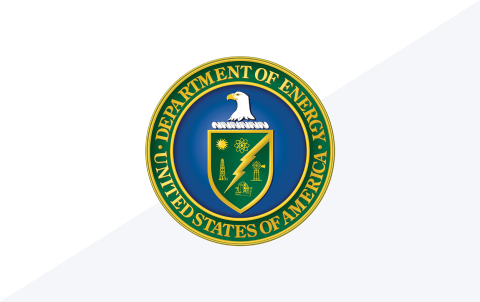
Massive Potential for Additional Solar, Geothermal, and Onshore Wind Power Growth on Federal Lands to Boost American Energy Production
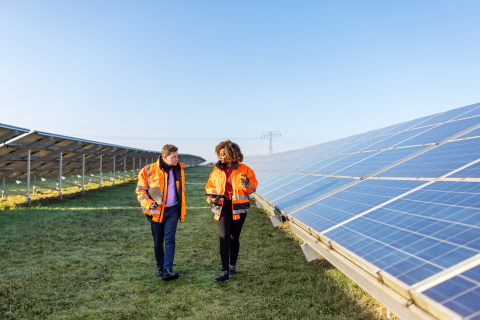
The passage of the Bipartisan Infrastructure Law of 2021 (BIL) and Inflation Reduction Act of 2022 (IRA) together represent historic investments in modernizing the U.S. energy system. Additional policies since 2022 have enabled further advancements.

Domestic Energy Usage from Data Centers Expected to Double or Triple by 2028, DOE Continues to Accelerate Development and Deployment of Solutions to Meet Growing Demand

